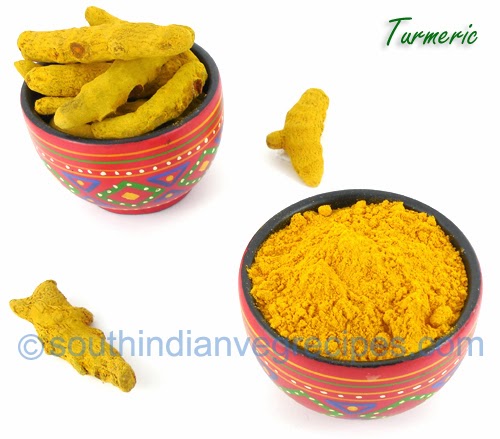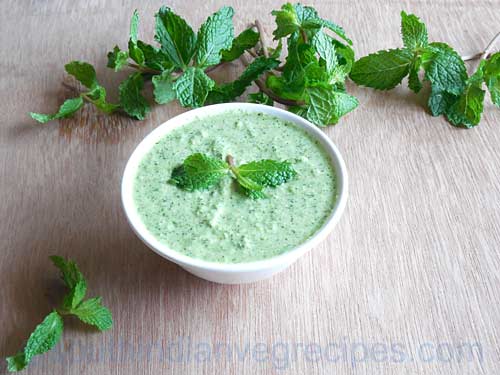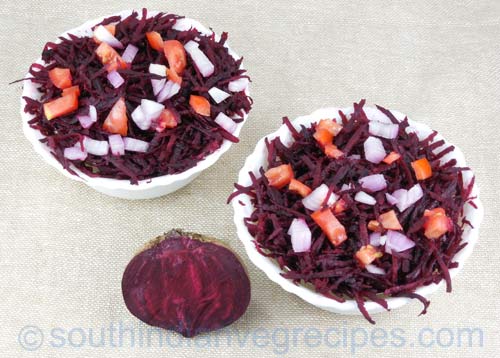 |
| Turmeric has many Medicinal Properties |
You may have the question, “what are the benefits of turmeric?”, if you want to use turmeric, or are already using it, in cooking. Turmeric is a spice traditionally used in Indian cooking to give flavor and color to the food. In fact, this spice has excellent value more for the outstanding health benefits it offers.
Quick Overview of the Turmeric Health Benefits
Prevention of blood clots: Turmeric has the ability to prevent platelets from joining together. This spice thus could be an answer to keep blood clots at bay.
Prevention or Cure of Arthritis: A research study found that turmeric significantly prevented joint inflammation and destruction.
Remedy for Ulcerative Colitis: It is a digestive tract disorder. The findings of a research work conclude that “Curcumin seems to be a promising and safe medication for maintaining remission in patients with quiescent UC (ulcerative colitis)...”
Strengthens the Immune System: Turmeric may control or prevent diseases, such as diabetes, cancer, Alzheimer’s disease, allergy and asthma. The positive effects of curcumin on health may be partly because of its power “to modulate the immune system”. Curcumin could be used as a medicine in the treatment of the disorders of the immune system.
Treatment for Common Ailments: Turmeric may help in the healing of simple wounds and closing of minor cuts. This spice could also be a home remedy for health problems like sore throat, and cold. Turmeric may help in flushing out worms in the stomach.
Cosmetic Aid: Turmeric may enhance the glow of the skin and help maintain its health.
Turmeric in Indian Cuisines
Turmeric is used in the powder form in Indian dishes. The powder is made from the roots of the turmeric plant. From aloo sabzi to chitranna, ribbon pakoda to masala dosa curry, murukku to sev, turmeric powder is a key ingredient of not only these dishes, but also of a number of other Indian cuisines.
You may want to use turmeric roots while preparing a masala powder. What is an advantage of using such roots? These will produce home-made turmeric powder that is pure.
If you buy turmeric powder choose a reliable brand, because turmeric powder from unreliable sources may be adulterated.
The sweet preparations like obbattu, holige, bobbatlu, or puran poli also has turmeric powder as an ingredient.
Turmeric is usually added while preparing the seasoning for a food. Or, this spice may be added while boiling food, such as when cooking, say dal. Does frying or boiling turmeric destroy its curative properties? A research result says that these cooking methods might not harm the health traits of turmeric.
An exceptional compound in turmeric that prevents or treats diseases is curcumin. Its value is so high that the authors of a research study call it as the “Indian Solid Gold.”
Now that you have a few answers to the question, "what are the benefits of turmeric?" you may want to use this spice in cooking and take advantage of its medicinal properties.
References:
Turmeric and its Principle Compound Curcumin are Effective in the Prevention and Treatment of Arthritis, Polyphenols in Human Health and Disease, sciencedirect.com/science/article/pii/B978012398456200061X
Curcumin: The Indian Solid Gold, Advances in Experimental Medicine and Biology, link.springer.com/chapter/10.1007%2F978-0-387-46401-5_1
Curcumin Maintenance Therapy for Ulcerative Colitis: Randomized, Multicenter, Double-Blind, Placebo-Controlled Trial, Clinical Gastroenterology and Hepatology, cghjournal.org/article/S1542-3565%2806%2900800-7/abstract
“Spicing Up” of the Immune System by Curcumin, Journal of Clinical Immunology, link.springer.com/article/10.1007%2Fs10875-006-9066-7
Traditional Indian spices and their health significance, Asia Pacific Journal of Clinical Nutrition, apjcn.nhri.org.tw/server/APJCN/17%20Suppl%201/265.pdf
Turmeric, University of Maryland Medical Center, umm.edu/health/medical/altmed/herb/turmeric
Efficacy and mechanism of action of turmeric supplements in the treatment of experimental arthritis, Arthritis and Rheumatism, onlinelibrary.wiley.com/doi/10.1002/art.22180/abstract




























